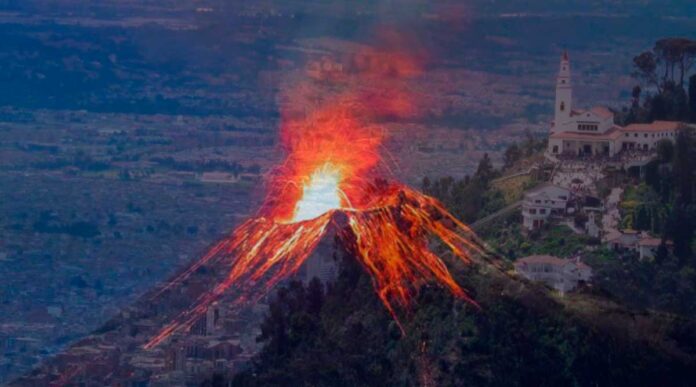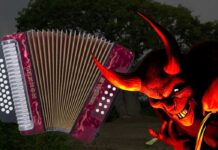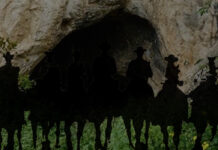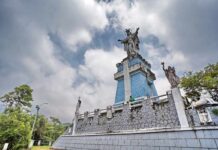Una leyenda urbana muy popular en Bogotá dice que el cerro de Monserrate es un volcán dormido que un día despertara y arrasara con toda Bogotá.
El cerro de Monserrate, así como el santuario y sus figuras religiosas son de los lugares más visitados de Bogotá, muchos creyentes suben para realizar peregrinajes, otros suben con el fin de hacer turismo y tomarse fotos desde la cima que tiene de las mejores vistas de toda la ciudad.
(Lea También: Leyenda de la Tarumama o Turumama)
Este sitio tan icónico de la capital de Colombia debido a su historia y popularidad ha sido objeto de toda clase de leyendas y mitos, como la leyenda sobre la maldición a los novios que suben juntos, el burro que habla, la escultura del señor caído que le crece pelo, entre otras.
Una de las más aterradoras leyendas urbanas que rodean Monserrate es aquella que habla sobre que el Santuario fue construido sobre el cráter de un volcán dormido que un día despertará causando una gran catástrofe que destruirá Bogotá.
Muchos expertos entre ellos el mismo Servicio Geológico Colombiano han desmentido este mito asegurando que Monserrate no es y nunca ha sido un volcán ya que está compuesto por rocas sedimentarias, que son muy distintas a las rocas volcánicas.
Origen de la leyenda
El origen más probable de esta leyenda proviene de un artículo publicado en 2006 en la “’Revista de la Academia Colombiana de Ciencias Exactas, Físicas y Naturales” en que se hace mención de que la sabana y Monserrate tenían actividad volcánica.
(Lea también: Leyenda del encanto de Punta de Laja)
Este artículo, así como el estudio fue desmentido por David Tovar, geólogo y miembro del Grupo de Ciencias Planetarias y Astrobiología de la Universidad Nacional, Tovar afirma que aquella afirmación fue “extraordinaria basada en evidencia pobremente recolectada”. Además, explico, apoyándose en estudios del Servicio Geológico Colombiano y otros expertos del área, que la actividad volcánica era de origen marino ya que Bogotá y las zonas aledañas estuvieron bajo del agua durante mucho tiempo y que “Los depósitos volcánicos encontrados en la base de la misma. corresponden a focos volcánicos de Paipa o Iza, en Boyacá”.
¿Te ha gustado este artículo? Deja tu opinión en los comentarios y comparte esta historia con tus amigos y conocidos para que puedan descubrir nuestras historias únicas.





